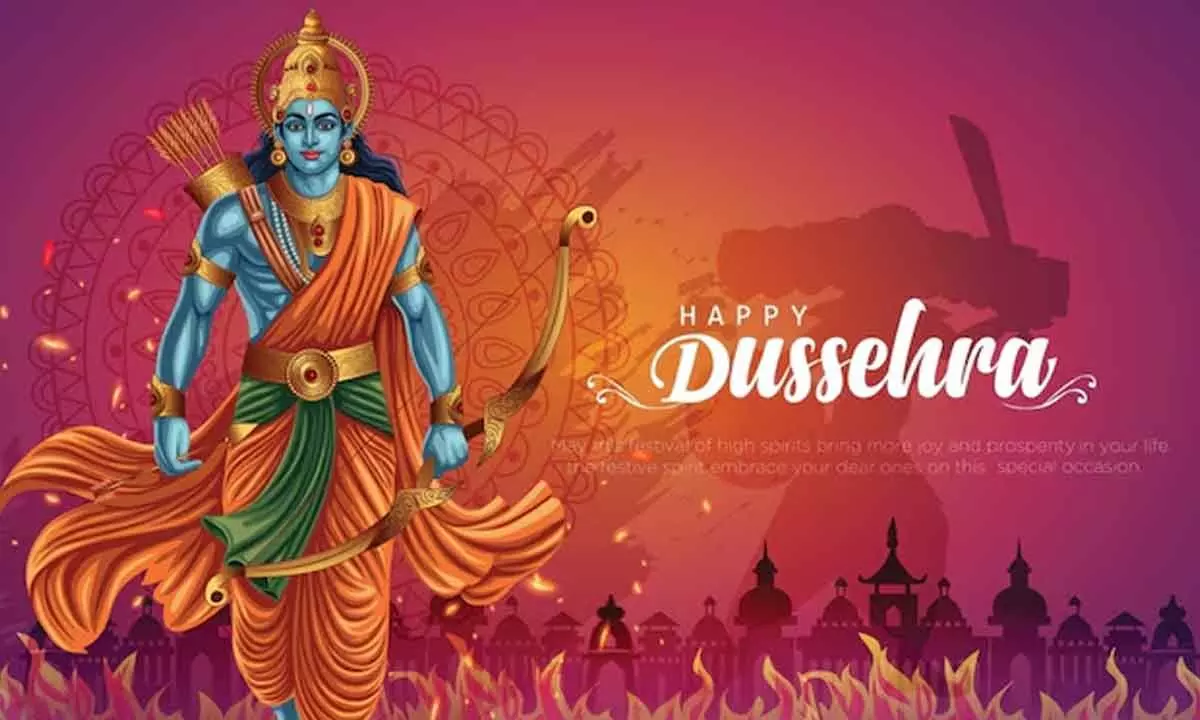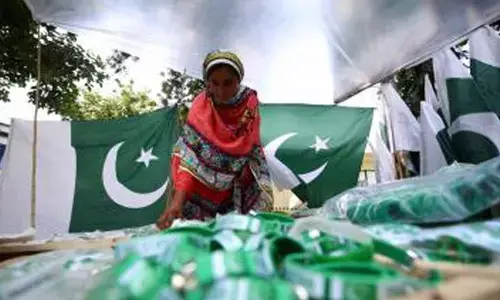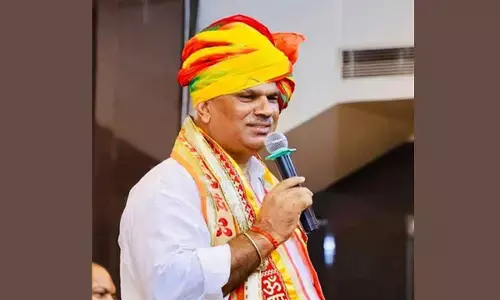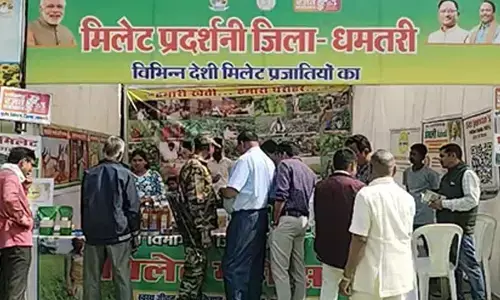Dussehra 2024: Date, Puja Muhurat, Rituals, Significance, and Celebrations Across India

Dussehra, also known as Vijayadashami, is a significant Hindu festival that commemorates the victory of Lord Rama over the demon king Ravana.
Dussehra, also known as Vijayadashami, is a significant Hindu festival that commemorates the victory of Lord Rama over the demon king Ravana. The festival also marks Goddess Durga’s triumph over the demon Mahishasura and signifies the end of Navratri. Celebrated across India, Dussehra symbolizes the eternal victory of good over evil.
When is Dussehra 2024? Date and Puja Muhurat
Dussehra, the conclusion of the Navratri festival, will be celebrated on Saturday, October 12, 2024. As per the Drik Panchang, the key timings for the day are as follows:
Dashami Tithi Begins: 10:58 AM on Saturday, October 12, 2024
Dashami Tithi Ends: 9:08 AM on Sunday, October 13, 2024
Shravana Nakshatra Begins: 5:25 AM on Saturday, October 12, 2024
Shravana Nakshatra Ends: 4:27 AM on Sunday, October 13, 2024
Vijay Muhurat: 2:03 PM to 2:49 PM on Saturday, October 12, 2024
Aparahna Puja Time: 1:17 PM to 3:35 PM on Sunday, October 13, 2024
Rituals of Dussehra 2024: Symbolizing the Triumph of Good
1.Fasting: Many devotees fast during the nine days of Navratri, and some continue fasting on Dussehra to purify the body and soul.
2.Prayers and Offerings: Special prayers are offered to Lord Rama, Goddess Durga, and other Hindu deities. Devotees perform pujas and rituals to seek blessings.
3.Shastra Puja (Ayudha Puja): This traditional ritual involves worshipping weapons, tools, and implements to honor their significance.
4.Pandal Decorations: Communities decorate pandals with flowers, lights, and intricate designs, setting a festive atmosphere.
5.Effigy Burning: The burning of effigies of Ravana, Kumbhakarna, and Meghnad marks the end of the festival, symbolizing the destruction of evil.
6.Ramlila: Many communities stage dramatic performances of the Ramayana, with the climax being the defeat of Ravana.
7.Idol Installation and Immersion: In regions that observe Durga Puja, beautifully crafted idols of Goddess Durga are installed and later immersed in water bodies.
Religious Significance of Dussehra 2024
Dussehra holds deep mythological significance, marking two important victories in Hinduism. The first is Lord Rama's triumph over the demon king Ravana, who had kidnapped his wife, Sita. Lord Rama, with the help of Hanuman, Lakshman, and the Vanar Sena, rescues Sita, defeating Ravana in the process.
The second victory celebrated during Dussehra is that of Goddess Durga over Mahishasura, the buffalo demon. This battle, fought over nine days, culminates in Durga's victory, symbolizing the triumph of good over evil. Both stories remind devotees of the importance of righteousness, devotion, and strength in overcoming obstacles.
Vijayadashami: The Day of Victory
Vijayadashami, meaning "Victory on the Tenth Day," celebrates Lord Rama's defeat of Ravana and Goddess Durga's victory over Mahishasura. Falling on the tenth day of Ashvin in the Hindu calendar, it marks the end of Navratri and is widely celebrated across India with various cultural and religious traditions.
Celebrations Across India
Dussehra is celebrated in diverse ways across different regions of India:
North India: The festival is famous for Ramlila performances that dramatize the Ramayana, culminating in the burning of Ravana’s effigies.
South India (Mysore Dasara): In Karnataka, Dussehra is celebrated with a royal procession, known as Jumbo Savari, featuring elephants and a grand display of lights at the Mysore Palace.
Eastern India (Durga Puja): In states like West Bengal, Dussehra coincides with the final day of Durga Puja. After a grand celebration, Durga idols are immersed in water, symbolizing her return to the divine realm.
Western India: In Gujarat and Maharashtra, people celebrate with vibrant Garba and Dandiya Raas dances. In Maharashtra, exchanging Apta tree leaves as a symbol of gold signifies prosperity and good fortune.
Ravana Dahan: The Symbolism Behind Effigy Burning
1.Victory of Good Over Evil: The burning of Ravana’s effigies signifies the destruction of evil forces and the triumph of righteousness.
2.Cultural Legacy: This tradition serves as a reminder of the moral values enshrined in the Ramayana and reinforces the importance of dharma (righteousness).
3.Community Spirit: Ravana Dahan unites communities, promoting a sense of shared cultural identity and social bonding.
4.Festive Joy: The event is often accompanied by fireworks, processions, and joyful celebrations, creating an electrifying festive atmosphere.
5.Educational Value: Through performances and re-enactments of the Ramayana, younger generations are introduced to important cultural and moral lessons.
Fasting and Prayers During Dussehra 2024
Fasting on Dussehra is observed by many devotees as a way to spiritually cleanse themselves. Some fast throughout the day, while others may consume a light meal. The fasting ritual is often accompanied by prayers to Goddess Durga and Lord Rama, symbolizing strength, devotion, and protection.
Devotees set up sacred spaces for puja in their homes or communities, lighting lamps, reciting hymns, and performing rituals. Community gatherings often feature reenactments of the Ramayana and Ravana Dahan, enhancing the spiritual and cultural significance of the day.
















